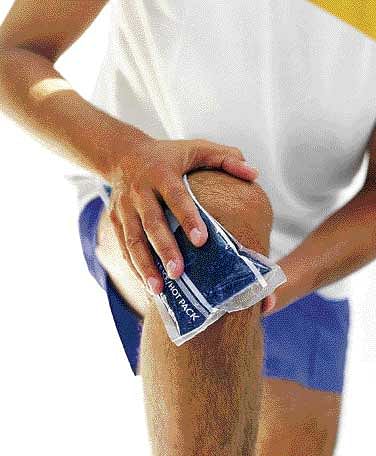
Leg pain that really never goes away is a problem that affects many people as they get older. A common cause of chronic leg pain is poor circulation to the legs. The medical name for this condition is Peripheral Vascular Disease (PVD). PVD occurs when the arteries (blood vessels) that supply blood to the limbs become narrow because of the buildup of fatty deposits (atherosclerosis) - sometimes called plaques or lesions - on the inner wall (lining) of the blood vessel. When the arteries that carry blood to the legs become too narrow because of plaque buildup, blood flow is reduced and the leg muscles do not get enough oxygen to support physical activity. This causes leg pain. Peripheral vascular disease (PVD) is 20 times more common in people with diabetes than in the general population.
When diabetes and PVD co-exist
There are many morbidities associated with Diabetes with a major one being amputation. Non healing diabetic foot ulcers often go unnoticed because people assume them to be self-healing ulcers. Many diabetic patients are still unaware that without proper footcare they stand an increased risk of foot amputations.
Given that India is the diabetes capital of the world (nearly one third of the population is going to develop diabetes by 2020, according to WHO), it is anybody’s guess what a staggering proportion of the Indian population is suffering from Vascular Disease (Atherosclerotic Vascular Disease affects 70-80% of the diabetic population, PVD is one of the manifestations of Arthrosclerosis). Nearly one third of the people with diabetes and established PVD who delay treatment eventually undergo amputation.
If not treated, PVD can seriously impair a person’s ability to walk. In most severe cases of PVD, tissue damage (gangrene) is responsible for loss of toe/foot or leg. People with lower limb PVD may also have plaque build-up in other blood vessels of the body, such as in the arteries of the heart (coronary artery disease), brain (cerebrovascular disease) and kidney (renal artery disease). Because of this, people with PVD have a higher risk of heart attack, stroke or kidney failure.
How does one manage PVD when one is a diabetic?
An important aspect of diabetes management is to prevent vascular disease, as majority (nearly 80%) of the people with diabetes die due to vascular disease. Prevention and management of vascular disease is an important component of diabetes management as nearly 80 per cent of the diabetic dies due to vascular disease. Listed below are a few regimes one must follow when one suffers from PVD and is a diabetic:
Quit smoking : Cigarette smoke contains numerous identified chemicals and toxins that have specific detrimental effects on the vessels. In many cases, these negative effects are compounded when you have diabetes.
Cut your fat and cholesterol intake : It is important to reduce your blood cholesterol levels. Before starting on any dietary program consult your doctor who is in the best position to prescribe the best plan that is suitable for you. Statin drugs (a group of drugs that lower cholesterol) reduces vascular disease and its ill effect, irrespective of one’s baseline cholesterol level (even in those with less than normal cholesterol level).
Diabetics with PVD must take statins to prevent and postpone ill effects of vascular disease.
Exercise : Regular exercise will improve bone and joint health in your feet and legs, improve circulation to your legs, and will also help to stabilise your blood sugar levels. It is advisable to consult your physician prior to beginning any exercise program.
Some treatments available:
While in the past surgery was the only option for treating PVD, now there are non-surgical options also such as
Medical Management: PVD, if detected early, can be controlled by medicines alone.
Angioplasty: Angioplasty is minimal invasive, non-surgical procedure that can be used to open (widen) narrowed or obstructed peripheral arteries. A specially trained doctor inflates a tiny medical balloon inside the artery, compressing the plaque against the blood vessel walls. Sometimes a stent (metal mesh) is also placed to keep it open for longer durations.
Surgery: Surgically PVD can be treated by giving by-pass graft (conduits are connected from the vessel above the level of obstruction to the vessel below the level of obstruction.)